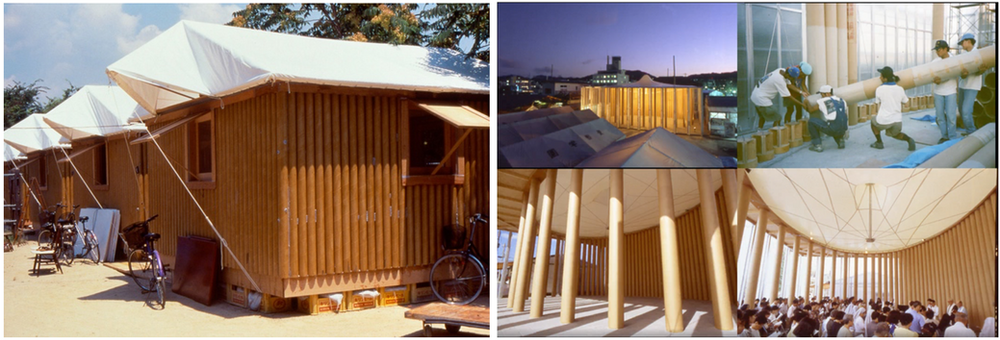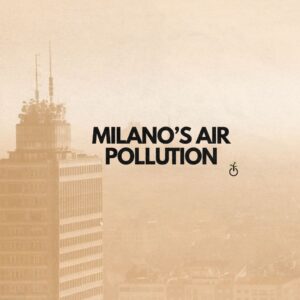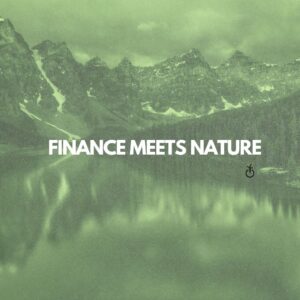
Architect Shigeru Ban started employing environmentally friendly architectural materials like cardboard tubes long before sustainability was a topic of discussion. He employs them to create amazing temporary structures for countries that have been hit by natural disasters like Haiti, Rwanda, and Japan. However, these structures are frequently valued parts of the environment long after they have served their purpose.
As any other famous architect, Ban also designed a wide range of private structures, many of which were uncommon and innovative. For instance, famous are his works for the new Centre Pompidou, the EXPO 2000’s Japan Pavilion, or the Mount Fuji World Heritage Center. However, he is most well-known as a designer of emergency shelters for victims of earthquakes and floods, as well as refugees fleeing persecution and terrorism. He employs a distinctive material for these houses: recycled paper tubes of various lengths and thicknesses, very similar to the core part of toilet paper. Furthermore, the ability to deconstruct and reuse the materials employed for these temporary structures is particularly inspiring.
His history with paper tubes started in 1986 but it wasn’t until 1995 that he was able to employ this innovation for common use. That year indeed, Ban was chosen as a consultant for refugee shelters by the UNHCR in Rwanda. During that period, the UN was handing out plastic tarps and metal poles to keep them up, but many individuals sold the aluminium and harvested adjacent wood to build their tents, causing widespread deforestation. The architect’s innovation was instead to build tents out of recycled paper tubes, which was cheaper and faster to implement.

Paper Emergency Shelters for UNHCR in Byumba Refugee Camp, Rwanda, 1999
Another astonishing initiative is visible the year after, in Kobe, Japan 1995. Here Ban developed shelters for earthquake refugees which cost less than $2,000 and took one day to build, as is typical of Ban’s humanitarian initiatives. This series of small houses were left in Kobe for nearly a year before being dismantled and recycled. However, a church and community centre in the city, which Ban also designed and built out of recycled paper, has stood for ten years, demonstrating the endurance of his work. Furthermore, following a major earthquake in Taiwan, the church was dismantled and transferred as a donation to the city, where it is still standing today.

The Paper Log Houses in Kobe, Japan, 1995 & The Paper Church, constructed in Japan after the 1995 earthquake and moved to Taiwan in 2008
Moreover, Shigeru Ban continuously improved his social effort in line with his ecological aspirations. Many are his famous works: in 2001 he developed a disaster-relief project for Indian refugees, in 2011 his Paper Partition System for the Japan earthquake and in 2016 his emergency shelter in Ecuador. Of prominent importance was also the music theatre developed for Aquila, Italy in 2009, which was built right after the famous earthquake and hosted that year the G8 summit.

The Paper concert hall – Auditorium in Aquila, 2009
In this sense, his works demonstrate that paper and other low-cost, ecological, recyclable materials are just as durable as more traditional architectural tools, and are just as acceptable in the facade of a museum or weekend house as they are in a war refugees’ shelter.




